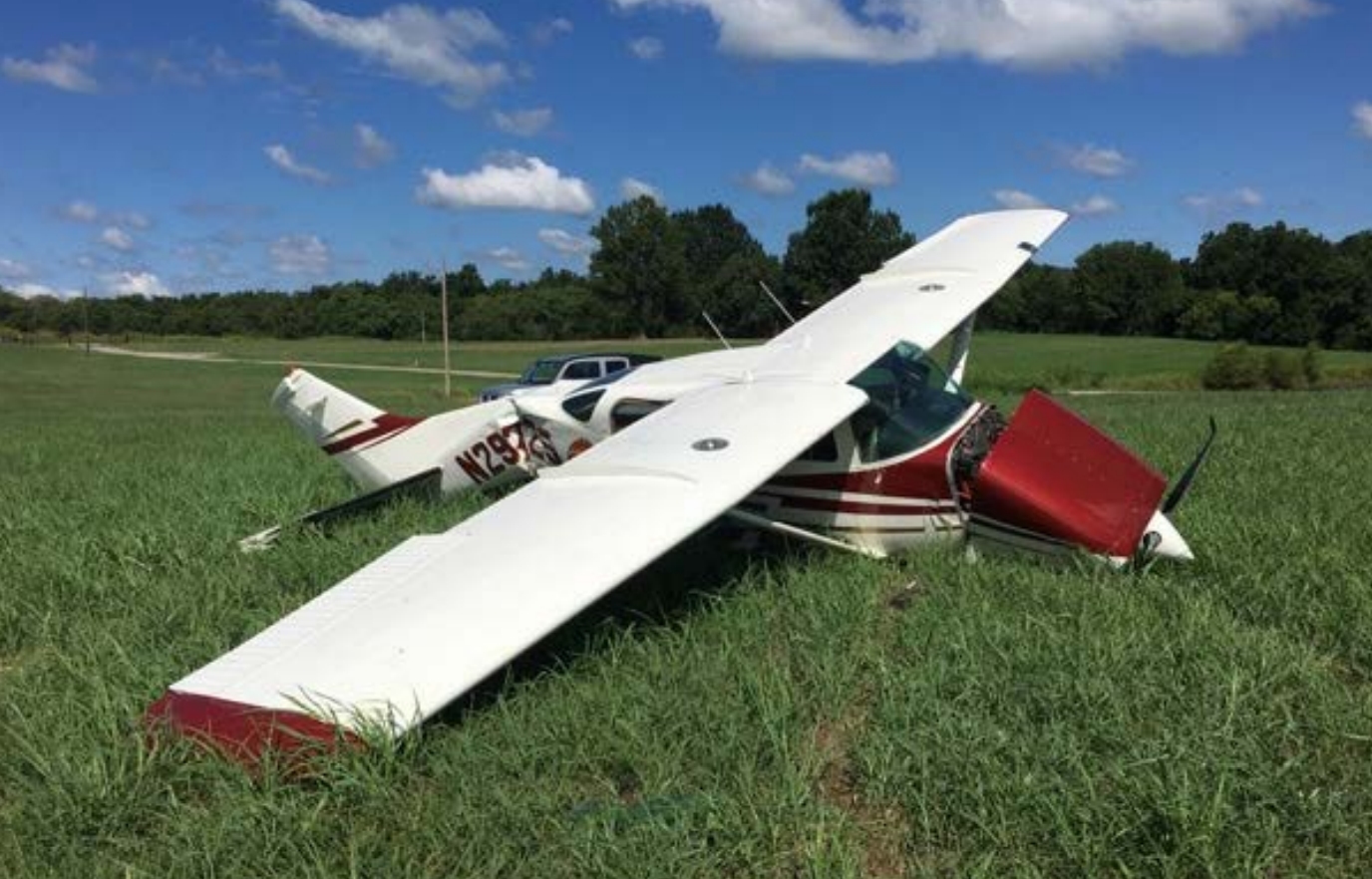
ASN Wikibase Occurrence # 189264
This information is added by users of ASN. Neither ASN nor the Flight Safety Foundation are responsible for the completeness or correctness of this information.
If you feel this information is incomplete or incorrect, you can submit corrected information.
| Date: | Saturday 13 August 2016 |
| Time: | 11:00 |
| Type: | Cessna TU206C Turbo Skywagon |
| Owner/operator: | Private |
| Registration: | N29225 |
| MSN: | U206-1177 |
| Year of manufacture: | 1968 |
| Total airframe hrs: | 3688 hours |
| Engine model: | Continental TSIO-520-C |
| Fatalities: | Fatalities: 0 / Occupants: 7 |
| Aircraft damage: | Substantial |
| Category: | Accident |
| Location: | Skiatook Municipal Airport, Osage County, OK -
 United States of America United States of America
|
| Phase: | Take off |
| Nature: | Parachuting |
| Departure airport: | Skiatook, OK (2F6) |
| Skiatook, OK (2F6) | |
| Investigating agency: | NTSB |
| Confidence Rating: |
The private pilot reported that the accident flight was the second skydiving drop flight of the day. The takeoff and initial climb were normal; however, between 900 and 1,000 ft above ground level, the engine experienced a total loss of power. The pilot executed a forced landing to a field, resulting in substantial damage to the airplane. About 5 gallons of fuel was removed from the airplane at the accident site before transport. During a detailed examination, flight control cable continuity was established from the cockpit to all control surfaces. The fuel selector valve was found between the right tank and off position. The valve functioned normally when rotated by hand. Although the fuel selector valve was found in between the “off” and right tank positions after the accident, it could not be determined if the valve was in that position during the flight. The fuel strainer showed a small amount of fuel present. The fuel was tested and the results were negative for water. There was a significant amount of debris observed in the fuel strainer and the strainer bowl. The debris was consistent with caulking and rust particles. The airplane had usable fuel onboard during the accident flight and the engine ran smoothly during the day’s previous flight. Whether the debris found in the fuel filter bowl contributed to the loss of power could not be determined.
Examination of the engine revealed a loose B-nut fitting to the upper deck pressure line. The engine was test run once with the B-nut tightened, and once with the B-nut loosened; no anomalies were noted. Therefore, the loose B-nut was most likely not the reason for the loss of engine power.
Probable Cause: A total loss of engine power after takeoff for reasons that could not be determined based on the available information.
Accident investigation:
 |
|
Sources:
NTSB
FAA register: http://registry.faa.gov/aircraftinquiry/NNum_Results.aspx?NNumbertxt=29225
Location
Images:

Photo: NTSB
Revision history:
| Date/time | Contributor | Updates |
|---|---|---|
| 13-Aug-2016 21:23 | Geno | Added |
| 16-Sep-2018 19:11 | ASN Update Bot | Updated [Time, Departure airport, Destination airport, Source, Narrative, Accident report, ] |
| 17-Sep-2018 19:09 | harro | Updated [Source, Narrative, Photo] |
Corrections or additions? ... Edit this accident description
The Aviation Safety Network is an exclusive service provided by:


 ©2024 Flight Safety Foundation
©2024 Flight Safety Foundation